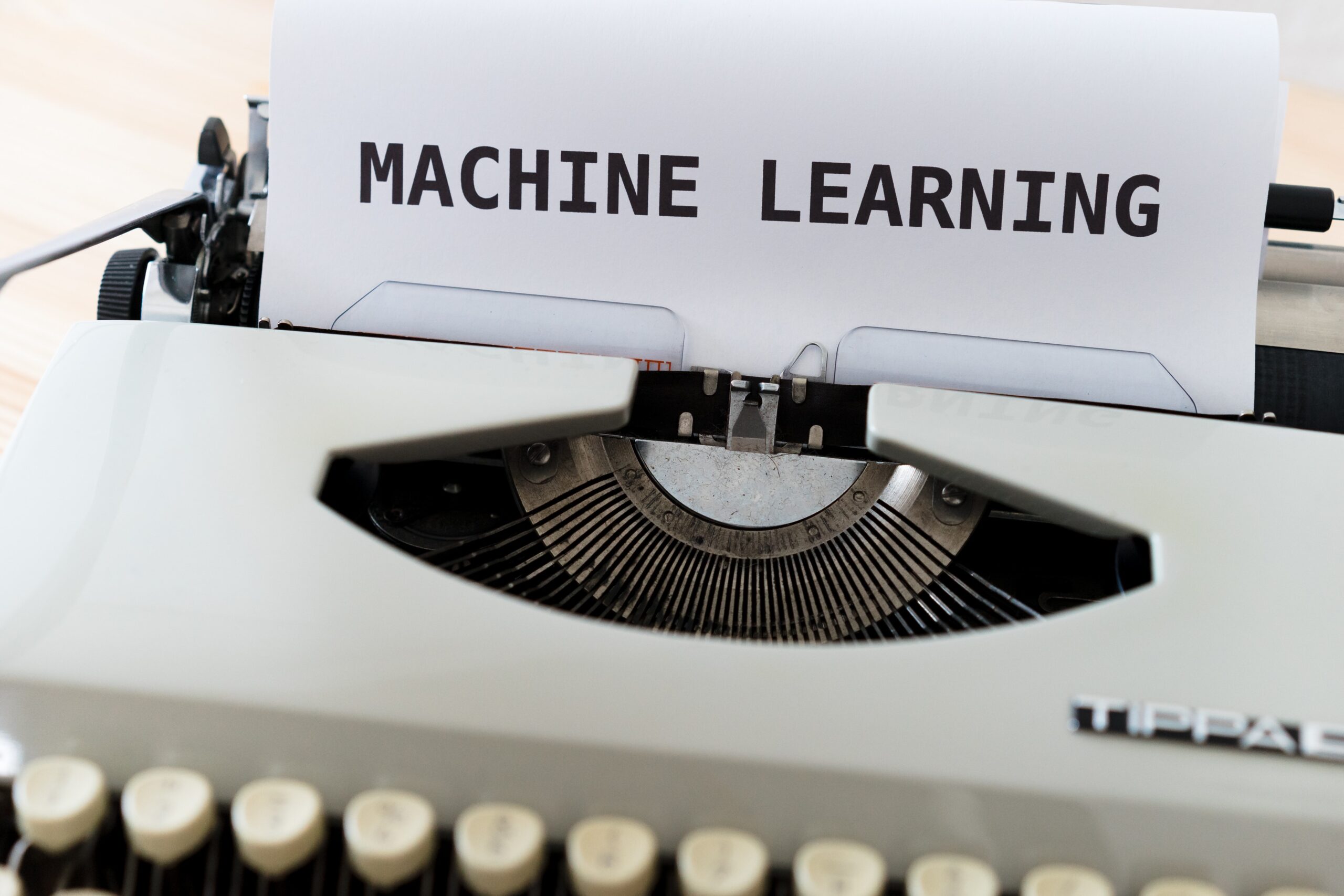Quantum machine learning training
Understanding Quantum Computing:
In this section, Introduce the concept of quantum computing to your readers. Start by explaining what quantum computing is, emphasizing its fundamental difference from classical computing: the use of qubits. Mention that qubits can exist in multiple states simultaneously due to superposition and can be entangled, allowing for complex parallel computations.
It might also briefly mention the potential impact of quantum computing in various fields, such as cryptography, materials science, and machine learning. However, keep the focus primarily on how quantum computing relates to machine learning training.
Quantum Machine Learning Basics:
In this section, dive deeper into quantum machine learning. Define it as the intersection of quantum computing and machine learning. Explain why combining these two fields is promising, such as the potential to solve complex problems faster than classical computers.
Discuss the limitations of classical computing in handling certain machine learning tasks, setting the stage for the need for quantum machine learning.
Quantum Machine Learning Algorithms:
Here, focus on quantum machine learning algorithms that are gaining prominence. Mention key algorithms like the Quantum Support Vector Machine (QSVM), Quantum Neural Networks (QNNs), and Variational Quantum Eigensolver (VQE). Explain briefly how each algorithm works and its potential applications in real-world scenarios.
Use examples to make the algorithms more tangible. For instance, explain how QSVM can be applied to classification tasks or how VQE can be used in quantum chemistry simulations.
Highlight the advantages of these quantum algorithms over classical ones, such as the speedup they offer for specific problems.
The Training Process:
In this section, describe the training process specifically in quantum machine learning. Explain how quantum circuits and gates are used for optimization and parameter updates. Mention that the training process in quantum machine learning differs from classical training due to the unique properties of qubits and quantum operations.
You can use a simple example to illustrate how a quantum machine learning model is trained, step by step. Mention any specific quantum algorithms used in training, and how they contribute to solving machine learning problems.
Challenges and Future Prospects:
Discuss the current challenges facing quantum machine learning. Mention hardware limitations, such as the need for more powerful quantum processors and error correction techniques. Highlight that the field is still in its early stages, and many technical hurdles need to be overcome.
Provide insights into ongoing research efforts and collaborations between quantum computing and machine learning experts to address these challenges.
Conclude this section by speculating on the future of quantum machine learning and its potential to revolutionize various industries, including healthcare, finance, and logistics.
Reiterate the importance of quantum machine learning training in advancing the field of machine learning. Encourage readers to stay informed about the latest developments in quantum computing and its applications in machine learning, as this is a rapidly evolving field with exciting prospects.
References:
List the sources, studies, or research papers you referenced throughout the blog post. Ensure that you follow a consistent citation style (e.g., APA, MLA) and provide proper attribution for any information or data you’ve borrowed from external sources.
--------------------------------------------------------------------------------
Thank you for reading this post, don't forget to subscribe!
